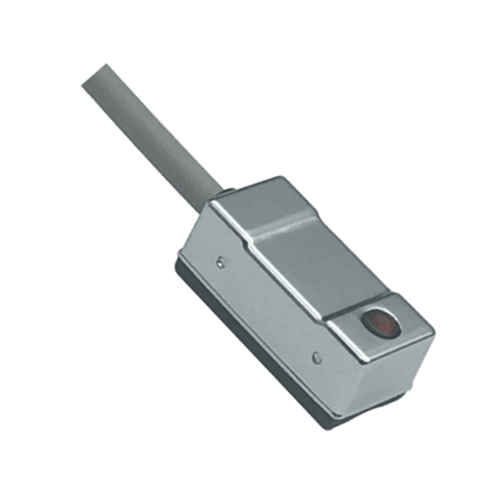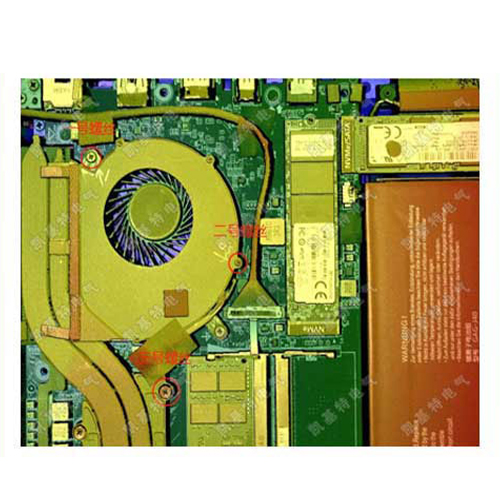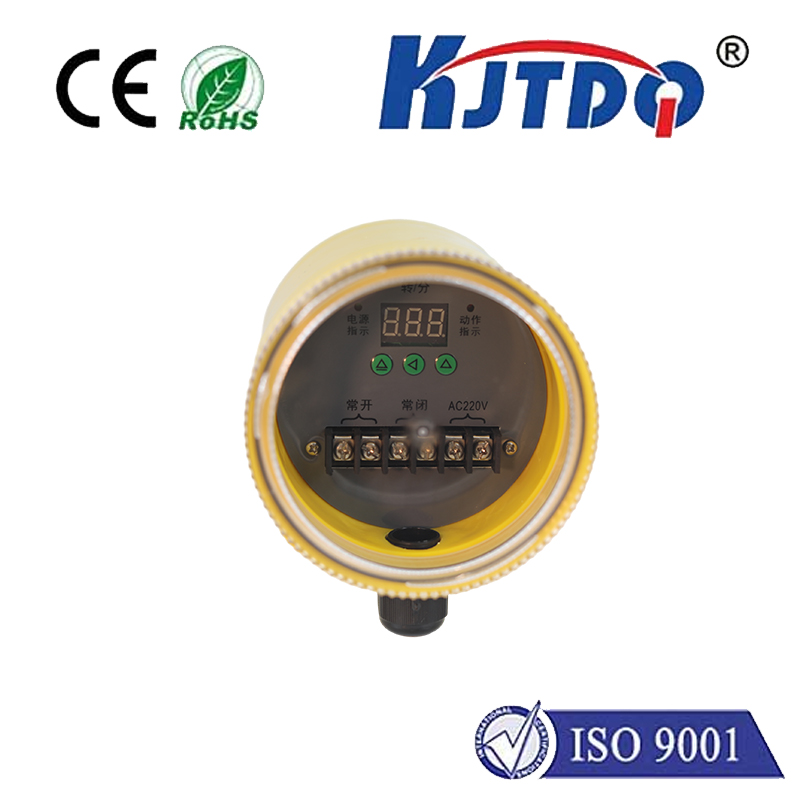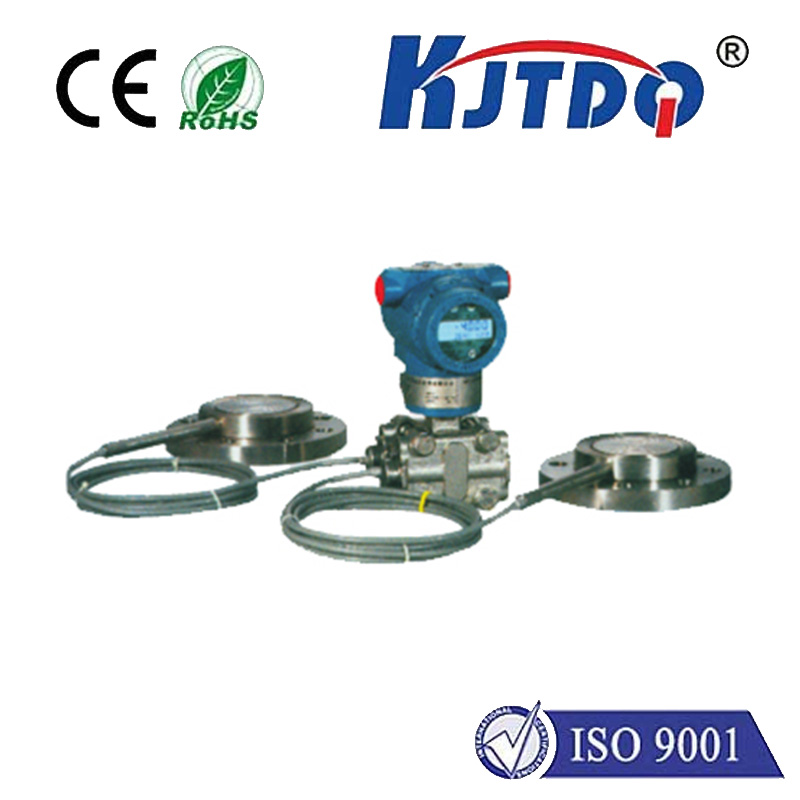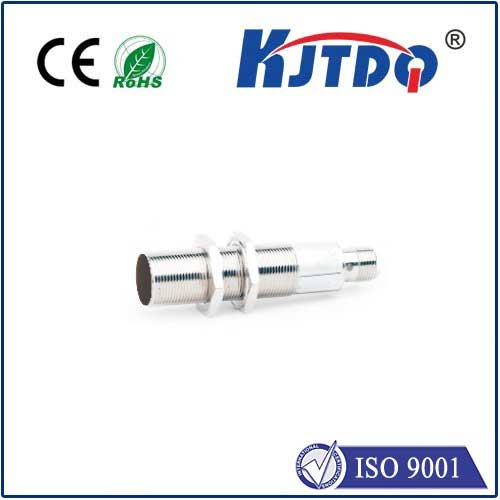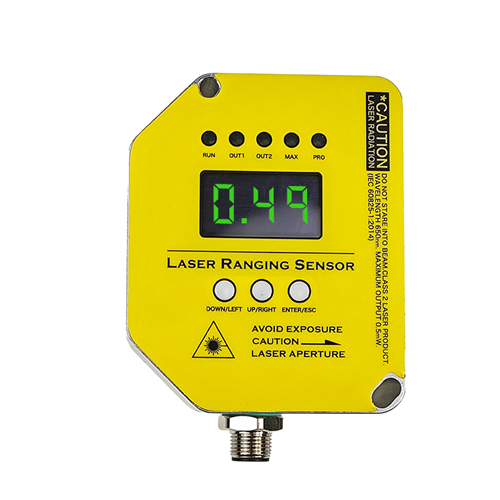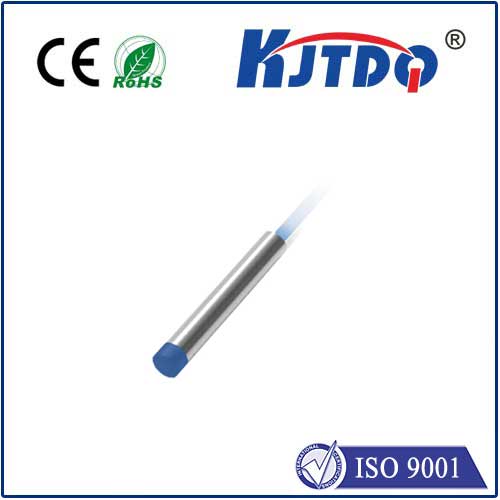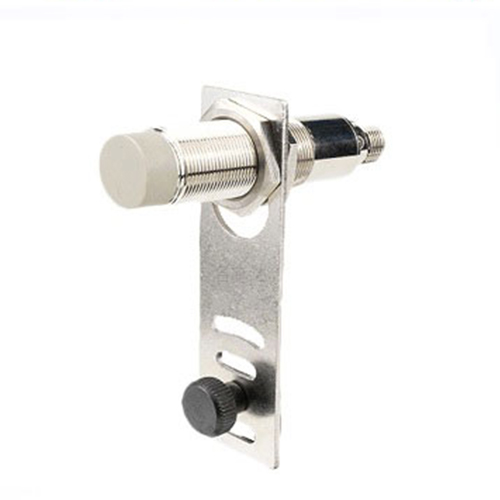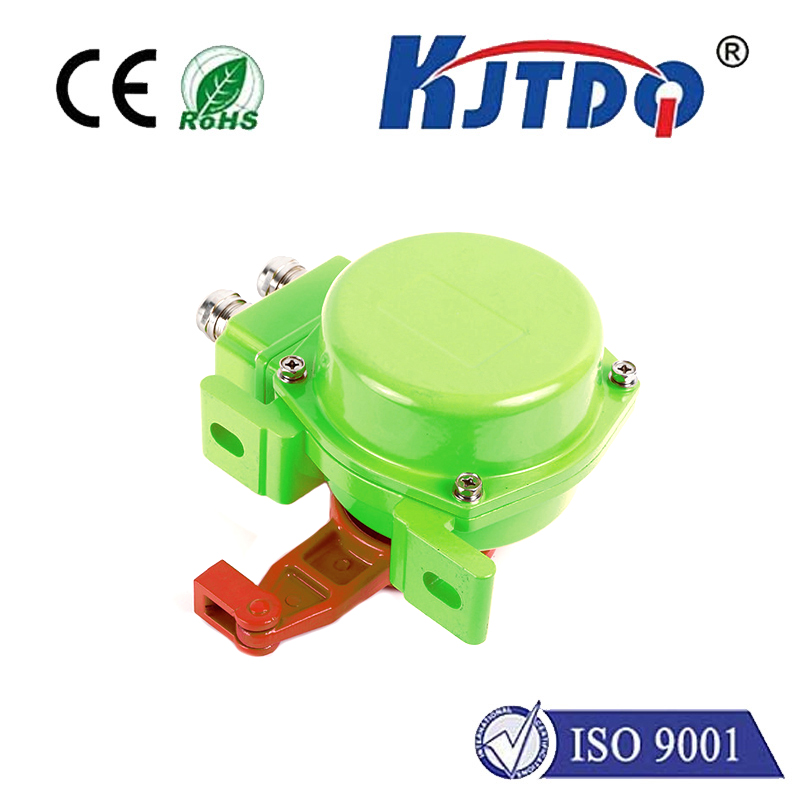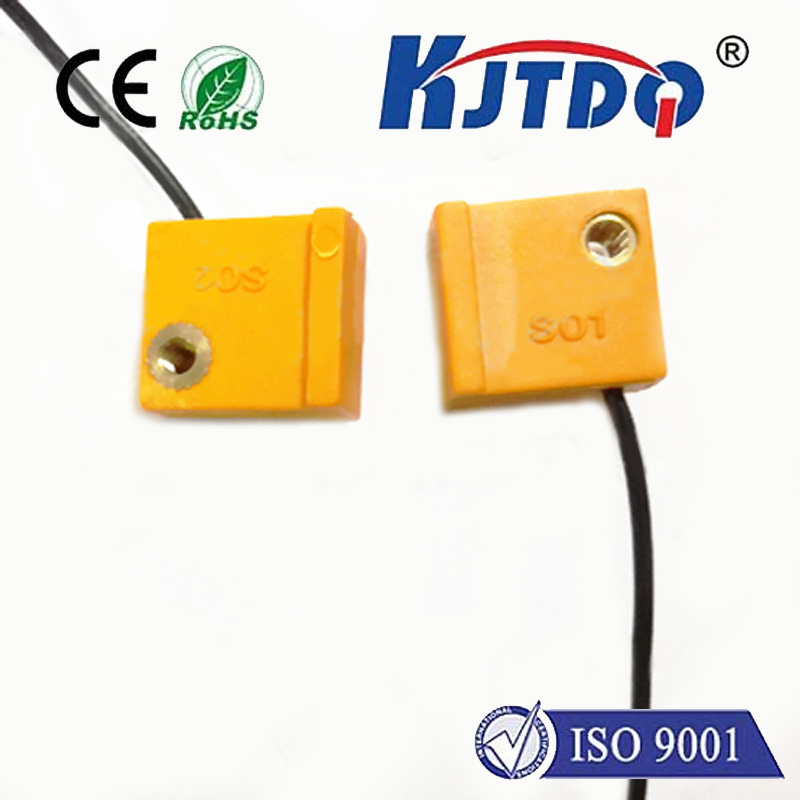

check

check

check

check

check

check

check

check

check

check
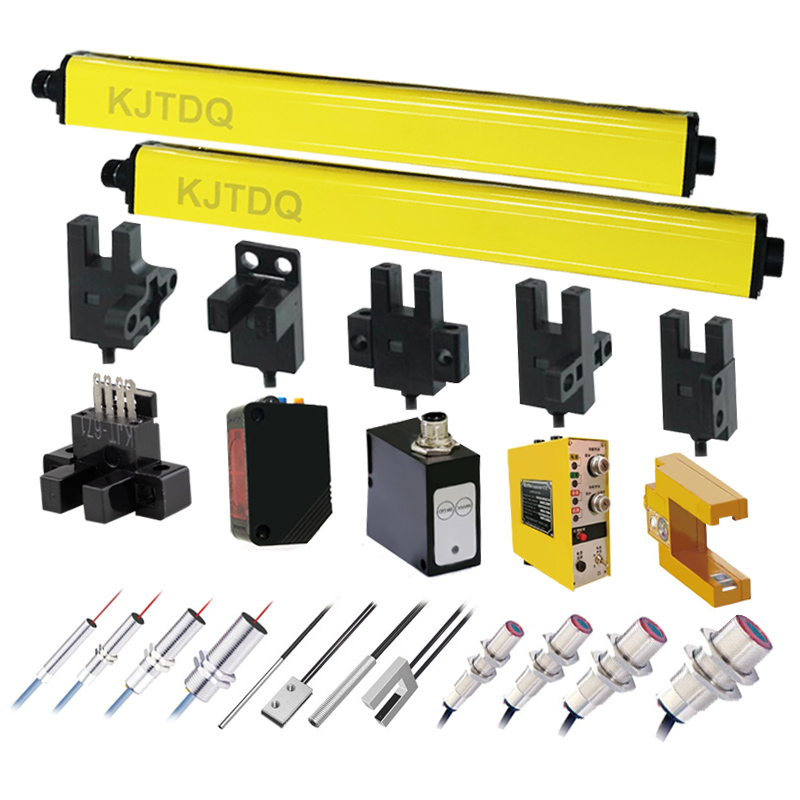
Adjusting the sensitivity of the photoelectric sensor can be done according to the specific sensor type and the adjustment method provided by the supplier. The following is a detailed explanation of some common photoelectric sensor sensitivity adjustment methods:
1. Sensitivity adjustment knob: Many photoelectric sensors are equipped with a sensitivity adjustment knob or button, which can be used to adjust the sensitivity of the sensor. By turning or pressing this button, you can increase or decrease the sensor's detection sensitivity for targets. It is recommended to proceed step by step when adjusting sensitivity in order to find the sensitivity level that best suits your application.
2. Adjust the circuit or controller: Some photoelectric sensors need to adjust the sensitivity by adjusting the controller or circuit. These controllers or circuits often have adjustable parameters or options that can be used to control the sensitivity of the sensor. You can refer to the user manual or adjustment guide provided by the sensor supplier to find the corresponding controller or circuit and adjustment method.
3. Filters and transparent objects: In some cases, you can adjust the sensitivity of the photoelectric sensor by adding a filter or using a transparent object. Optical filters can help filter or adjust the light signal received by the sensor, thereby affecting the sensitivity level. The reflective and transmissive properties of transparent objects can also affect the sensor's detection sensitivity for targets.
4. Distance and angle adjustment: The sensitivity of the sensor may also be affected by factors such as the distance and angle between the sensor and the target. When adjusting the sensitivity, make sure to keep the sensor at an appropriate distance from the target, and try to adjust the installation angle of the sensor to obtain the best detection effect.
The above are some common photoelectric sensor sensitivity adjustment methods. Remember, before adjusting a sensor, it is recommended to study the sensor's specifications and the manufacturer's user manual and follow its instructions. If you have any questions, it is recommended to consult the sensor supplier’s technical support or experts for more accurate guidance.
